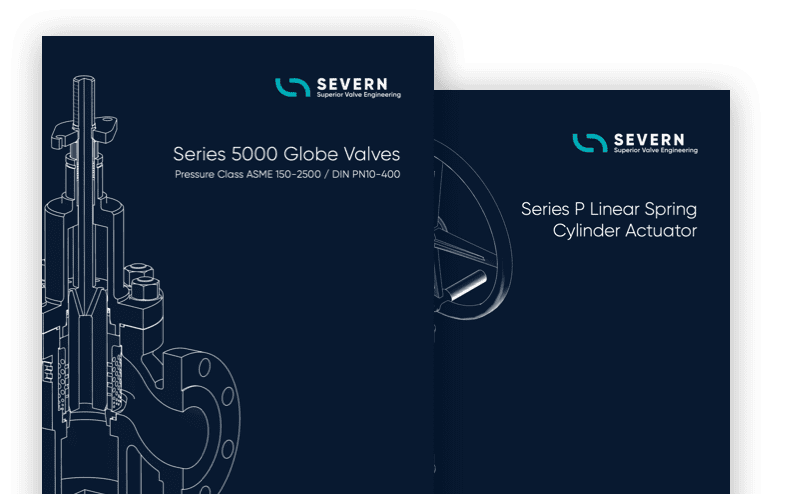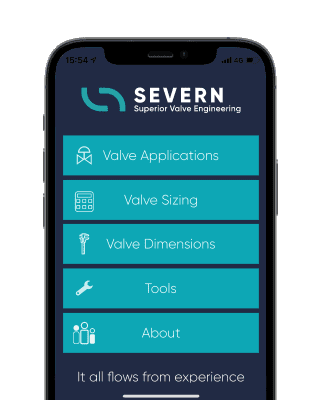Severn eliminates corrosion risk in firesafe valves for offshore oil & gas
Posted: 18 July 2019Severn eliminates corrosion risk in firesafe valves for offshore oil & gas.
Severn Glocon Group is extending its range of triple offset butterfly valves with a new solution that avoids galvanic corrosion in saline applications, without compromising firesafe capability.
The OCT®SW innovation was driven by market feedback from offshore oil and gas operators in relation to seawater service valves used for fire safety. It ensures graphite parts – which can increase the susceptibility of neighbouring metals to corrosion when exposed to seawater – do not contact line media.
Seawater service valves play an integral role feeding water in the event of fire on an offshore platform or vessel. Their ability to either supply or isolate sections of the water line is a critical safety feature. Eliminating galvanic corrosion while maintaining firesafe credentials has been an enduring challenge for the industry. Severn’s new valve design overcomes this limiting factor and recently passed fire testing in accordance with the latest editions of API 6FA, API 607 and ISO 10497.
Mark Breese, Group Product Development Manager – Butterfly Valves, says his team focused on fully isolating graphite parts from line media, or removing them from the valve entirely.
“Triple offset valves are generally constructed with graphite packings, gaskets and laminated metal/graphite seals,” Breese explains. “In normal operation this noble material provides good service, but increased risk of galvanic corrosion in seawater applications has been an ongoing concern for offshore operators. Our team overcame significant technical challenges to develop a sustainable solution that removes or replaces graphite. Their success underlines our world-class engineering capabilities and builds on our pioneering oblique cone technology for triple offset valves.”
Granted a patent by the UK Intellectual Property Office in 2018, Severn’s oblique cone technology (OCT®) is central to this new solution. The ‘infinite circle’ geometry of the design enabled the R&D team to develop a hybrid seal technology that eradicates the need for graphite.
To validate integrity, OCT®SW valves are exposed to a stringent fire testing procedure, involving a 30-minute burn where they are bathed in flames. Valves are monitored for leakage throughout the process. After a forced cooldown period, they undergo further seat and external leakage testing, and operational capability is also verified. The process is designed to simulate the time required to extinguish a fire, ensuring the valves can perform during and after an incident.
“This is a landmark development which offers benefits for many firesafe applications, not just seawater service,” Breese continues. “The team took steps to ensure the solution is compatible with additional control valve features such as anti-cavitation or low-noise trims, extending its potential use beyond isolation service. It can also be retrofitted into valves already in operation.”
Further information is available at www.severnglocon.com.
More News
All News- Posted: 22 July 2024 Severn’s OCT TOV Butterfly Valve Exceeds Fire Safety Testing
- Posted: 15 July 2024 Severn’s OCT TOV Butterfly Valve Goes Beyond Meeting Safety Accreditation
- Posted: 8 July 2024 Exploring Cavitation and Its Impact on Valves
- Posted: 1 July 2024 Control or Isolation – Why Are They Different?
- Posted: 24 June 2024 Understanding the Innovative Oblique Cone Technology in Severn’s OCT TOV Butterfly Valve
- Posted: 17 June 2024 Severn Combines Engineering Excellence and Heritage to Develop a Superior Butterfly Valve Range.


